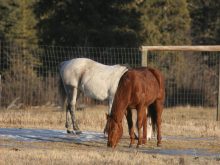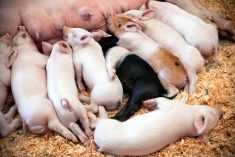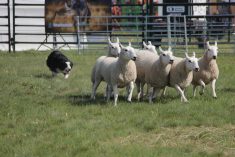CALGARY – A potentially fatal disease spread by deer mice has been discovered in Alberta.
Hantavirus, which causes flu-like symptoms in humans, is excreted in the saliva, urine and droppings of deer mice.
Of about 200 mice examined in Alberta, five carried the virus and several more were suspect when tested by the Ottawa-based laboratory centre for disease control.
Fever, chills, muscle aches and diarrhea can lead to a more serious infection of the lungs which can kill. Treatment with an anti-viral drug works well, if diagnosed early enough, said Gerry Prady, deputy medical officer of health in Edmonton.
Read Also

Why selenium is still an important factor in horse health
Selenium is an essential equine trace mineral that supports antioxidant defense, muscle integrity, immune function, metabolism and thyroid activity.
Mop, don’t vacuum
Health officials advise that when cleaning up dead mice or their droppings, wet down the area with household detergent and mop it up rather than vacuuming. Wear rubber gloves and a mask. Bleach can be used as a disinfectant.
When people clean grain bins, it’s recommended they wear masks. They can check with local health units for advice on further protection.
Eric Hutchings, of Alberta pest control, said mice populations appear normal in rural areas, but he suspects reports of high infestations are more common in urban areas.
The virus killed about 30 people last year in the southwestern United States.















